Growing vegetables in pots is a great space-saving alternative to growing them in the ground. Especially if you live in an apartment or don’t have a big backyard for a vegetable garden.
In this article I’m going to discuss the best potting soil for vegetables, and give you some tips about what you’ll need to grow vegetables indoors.
Top 3 Best Potting Mix for Vegetables
1. Fox Farm Ocean Forest Organic Potting Soil
The Fox Farm Ocean Forest Organic Potting Soil is great for a range of plants, but the nutrient content makes it perfect for vegetables.
This mix includes a blend of nutrient-rich earthworm castings, bat guano, forest compost, and sea fish and crab meal.
Pros:
- Has such a great range of nutrients that you won’t need to add additional fertilizer.
- The mix is treated to eliminate fungus and gnats.
- Comes in a big bag.
Cons:
- Depending on the supplier, this soil can be pricey.
2. Fox Farm Happy Frog Organic Potting Mix
Another great mix from Fox Farm is the Happy Frog Organic Potting Mix. This mix is also a bit denser than the Ocean Forest mix, as it contains less perlite.
The Happy Frog potting mix does not have the same nutrient rich ingredients as the Ocean Forest mix, but it does contain beneficial microbes.
Pros:
- Slightly cheaper than the Ocean Forest mix.
- It has beneficial microbes that help maintain the condition of the soil.
- It contains enough nutrients that you won’t need additional fertilizer or feed.
Cons:
- As it is dense, it can become a bit waterlogged if you water your plants too often.
3. Organic Potting Mix by Perfect Plants
This Organic Potting Mix by Perfect Plants includes worm castings that are naturally nutrient rich. It also contains mycorrhizae.
Mycorrhizae is a naturally-occurring plant-healthy fungus that protects the root system and helps root establishment.
Pros
- The mycorrhizae in the soil enhances nutrition levels and reduces the need for fertilizers.
- It comes in smaller bags, which may suit indoor gardeners better.
Cons
- Doesn’t contain as much nutrients as the other two, so you might find you need to use additional food
Benefits to Growing Vegetables in Pots
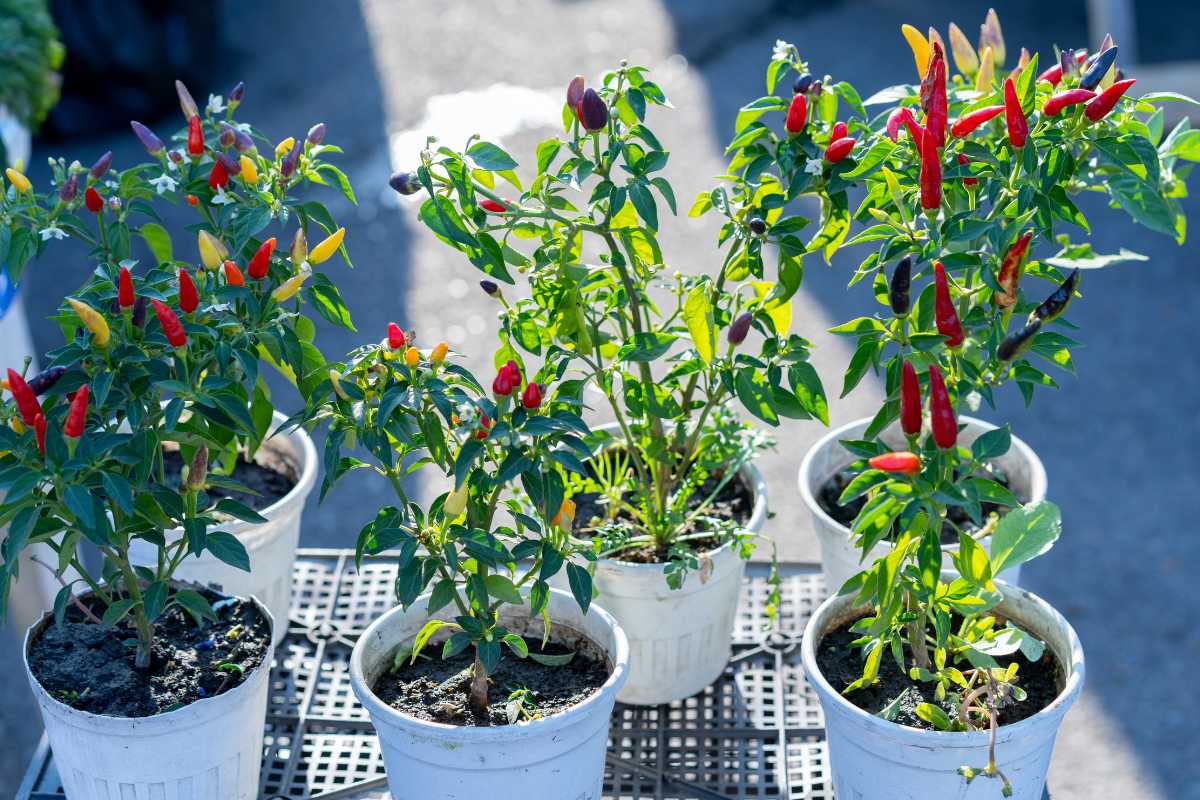
There are many benefits to growing vegetables in pots, and certain vegetables seem designed for it.
Tubas, like potatoes, will do great in pots, and you have the added benefit of being able to tip the pot out rather than dig up the potatoes. That eliminates the chance you will accidentally pierce a potato with your garden fork when digging them out.
Growing in pots also gives you the option of growing indoors if you don’t have access to an outdoor space.
What Is Needed to Grow Vegetables Indoors?
If you are living in an apartment and want to grow vegetables, there is nothing stopping you! Here is a list of the basic equipment you will need to grow food inside.
Seed Trays
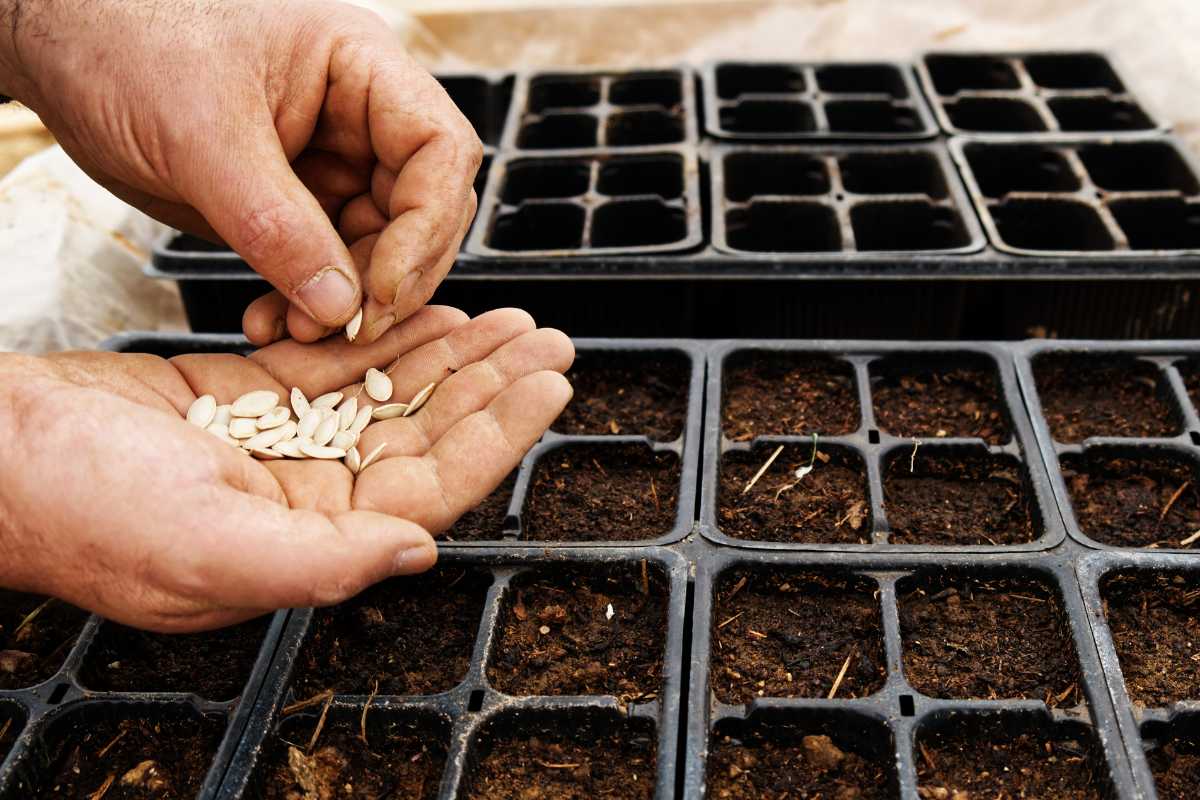
You will need seed trays to start your seeds in, rather than planting them directly into a large pot.
You can make seed trays from egg cartons, although I find the plastic clamshells that soft fruit is sold in make perfect propagators.
- Simply put a bit of soil at the bottom
- Add your seeds and a bit of water
- Close the lid and put it on a sunny windowsill.
It’s important to not let the soil dry out, but don’t drown the seeds either. The soil should feel only slightly damp.
Variety of Pot Sizes
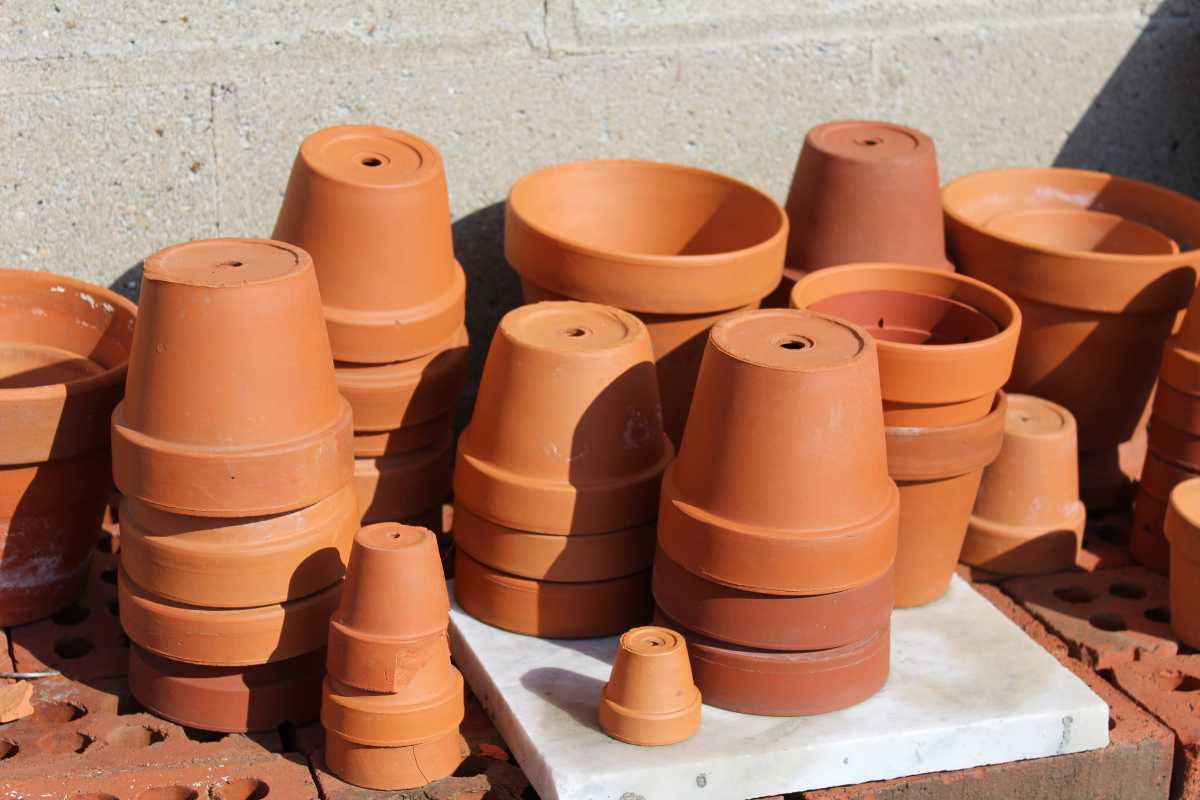
You will need various sizes of pots, as little plants don’t like going straight into big pots. You will most likely need to repot your vegetables a couple of times.
A good tip for how to repot from a small pot to a larger pot:
- Put your smaller pot that contains your plant into the bigger pot.
- Pack the soil around the sides of the smaller pot.
- Lift the smaller pot out, leaving a hole that will be the perfect size for the plant’s root stock to fit into.
I recommend terracotta or clay pots, as they will allow the plant roots to breathe better.
Pot Saucers
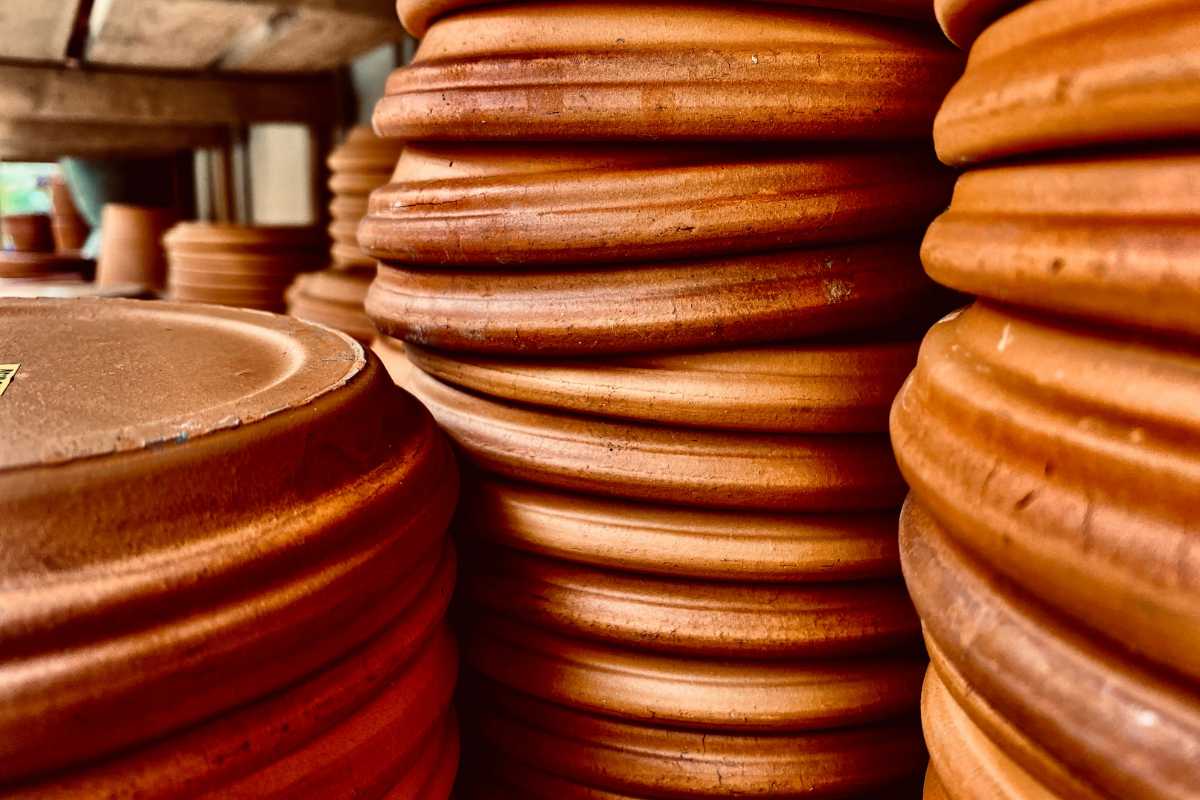
You will notice that most pots have drainage holes in the bottom. This is to allow excess water to drain out, so the roots don’t get waterlogged.
You will need to put a plate, bowl, tray, or saucer under the pot to avoid water spilling everywhere. If you have pot saucers, it will also enable you to bottom water your plants.
This entails pouring water into the pot saucer rather than into the soil. The soil will absorb the water and take it to the plant’s roots. That will encourage the roots to grow downwards in search of more water.
Terracotta pots are also ideal for bottom watering as they will absorb water and take it up to the roots.
Hand Trowel
It stands to reason that you won’t need a full size spade for your indoor pots, but you will still need a trowel to add soil to your pots.
Protective Sheet or Tarp
Soil gets everywhere, especially when you’re repotting a plant. Laying down a plastic or material sheet before you deal with soil is a must.
Learn more about the variety of gardening tools out there.
Is Organic Potting Soil Good For Vegetables?
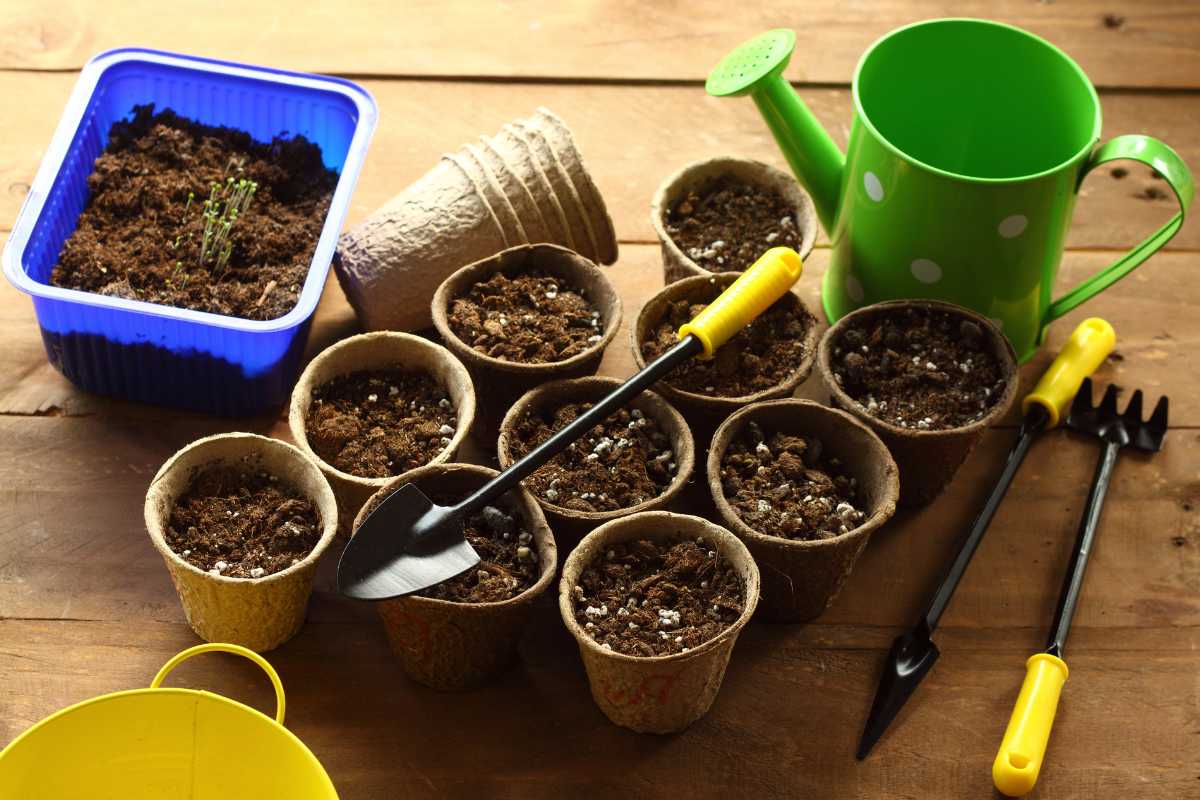
Organic potting soil is absolutely good for vegetables. It contains a high amount of nutritious organic matter and no chemicals.
There is some argument about whether there is much of a difference between organic and non-organic produce.
There are studies that have found that vegetables grown organically have more antioxidants, but there really hasn’t been much study of the long-term effects of chemical fertilizers on the body.
What Type of Potting Soil Mix Is Good For Vegetables?
Vegetables like a nutrient-rich mix that has good aeration, drainage, and water-retention. Many vegetables are heavy feeders, and so require more nutrients to produce the fruits and roots.
A good recipe to make your own vegetable potting mix is:
- 1 Part Pre-soaked Coconut Coir
- 1 Part Vermiculite – I would use vermiculite over perlite in this mix as vermiculite is denser and will provide more moisture retention.
- 2 Parts Compost – You can add compost directly, but it can be advantageous to sieve it first. This will remove any contaminants, or any material that has not completely rotted down. It will also make your compost light and fluffy, and easier to mix with the rest of the ingredients.
- Worm Castings – I haven’t put a measurement on this as it really depends on what you have. Basically, you can add as much of this nutrient-dense material as you want.
Potting Mix for Vegetables Final Thoughts
Growing healthy, beautiful vegetables at home with potting mix is easy! Just follow these tips and tricks, and you’ll soon see how rewarding growing your own food can be.
Here are other articles to learn more about potting soil and mixes:




